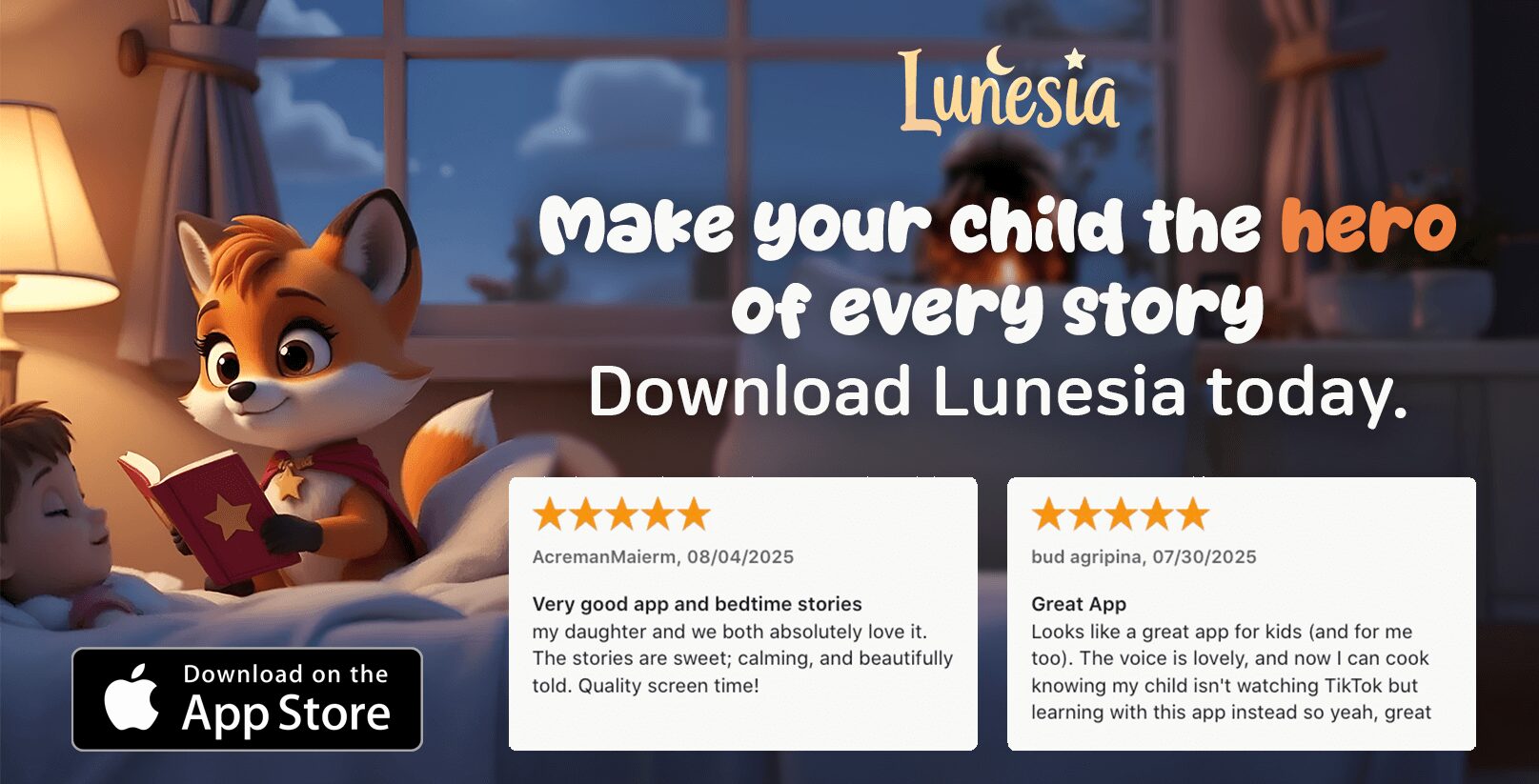Have you ever wondered how to help your child grow into a confident and emotionally intelligent individual? It’s a journey that begins with small, everyday moments, where you, as a parent, guide them toward independence. It’s about finding that delicate balance between offering support and letting them explore on their own.
As your child grows, your role shifts from being a constant fixer to a nurturing guide. Insights from The Scaffold Effect by Harold S. Koplewicz illustrate this transition beautifully, showing how parents can create a supportive environment that fosters growth. The key is to provide a framework—like scaffolding—that allows your child to build confidence and navigate challenges.
Every day offers opportunities to empower your child. Whether it’s letting them take on small responsibilities or allowing them to learn from their mistakes, these experiences are invaluable. Did you know that 70% of children who are given manageable tasks show higher levels of confidence and emotional intelligence? It’s all about transforming everyday challenges into growth opportunities.
As a parent, you want the best for your child, and that includes helping them become independent. It’s a journey filled with both triumphs and setbacks, but each step is a chance to help them thrive. Every mistake can be a catalyst for learning if we allow our child the space to try and grow.
Let’s explore practical strategies to empower your child in their day-to-day life. Together, we’ll discover how to transform everyday challenges into big opportunities for growth. It’s a path that requires patience, understanding, and a willingness to let go just enough to let them shine.
Shifting from Fixer to Consultant: Guiding Your Child’s Journey
As a parent, it’s natural to want to protect your child from life’s challenges. However, there comes a time when stepping back and letting them navigate obstacles on their own becomes essential for their growth.
Understanding the Transition from Protection to Empowerment
The shift from being a fixer to a consultant is a crucial part of parenting. According to Harold Koplewicz, this transition involves creating a supportive environment where your child can build confidence and problem-solving skills. It’s about offering guidance while allowing them the space to learn from their experiences.
Collaborative Problem-Solving Techniques
Collaborative problem-solving strengthens your bond with your child and equips them with valuable life skills. For example, if your child forgets their lunch, resist the urge to fix it immediately. Instead, guide them in thinking of solutions, like packing a snack the night before or arranging with a friend. This approach not only solves the problem but also teaches responsibility and independence.
By embracing this mindset, you empower your child to view challenges as opportunities for growth rather than obstacles to be feared. This journey of shared discovery fosters resilience and prepares them for the world ahead.
| Strategy | Benefit | Example |
|---|---|---|
| Guided Problem-Solving | Enhances Critical Thinking | Helping your child brainstorm solutions to a missed homework assignment. |
| Encouraging Independence | Builds Confidence | Allowing your child to handle a minor conflict with a friend. |
| Supportive Listening | Strengthens Bond | Listening to your child’s concerns without immediate fixes. |
Creating a Safe and Stimulating Environment: Balancing Freedom and Supervision
Every parent wants their child to feel secure, but how do we create an environment that’s both safe and stimulating? The answer lies in understanding the difference between comfort zones and growth zones, a concept introduced by Russian psychologist Lev Vygotsky.
Safety Zones: Comfort Versus Growth
A safety zone is where your child feels comfortable and secure. It’s where they can play without fear of failure. For example, a toddler might feel safe stacking blocks but hesitate to build a taller tower. This zone is crucial because it allows your child to feel grounded and confident.
However, growth happens when we step out of this comfort zone. It’s in the growth zone that your child learns to navigate new challenges and develops problem-solving skills. The key is to create a balance where your child feels safe but is still encouraged to explore and take risks.
Scaffolding Strategies to Encourage Self-Reliance
One effective way to encourage self-reliance is through scaffolding. This means providing support while gradually giving your child more independence. For instance, you might start by helping them tie their shoes, then let them try on their own while you’re nearby to offer guidance if needed.
Communication is also vital. Talk to your child about their fears and mistakes. Let them know it’s okay to fail and that you’re there to support them. This approach helps build resilience and teaches them to view challenges as opportunities for growth.
By creating a balance between safety and stimulation, you empower your child to thrive. Remember, it’s not about removing all risks but about guiding them through life’s challenges with patience and understanding.
Embracing Failure as a Learning Opportunity
As a parent, it’s natural to want your child to succeed. However, it’s through failure that they learn resilience and grow. Embracing mistakes as stepping stones can transform challenges into valuable lessons.
Redefining Failure in the Parenting Process
Failure is not the end but a beginning. Consider Emily, who struggled in math but persisted, discovering that each mistake brought her closer to understanding. This mindset helps kids view failure as a natural part of learning.
When your child faces setbacks, guide them to reflect on what went wrong and how to improve. This approach turns failures into opportunities for growth, fostering a positive outlook on challenges.
Fostering a Growth Mindset for Long-Term Success
A growth mindset is believing abilities can improve through effort. Encourage your child to see each mistake as a chance to try again, smarter. Celebrate their persistence, not just success, to build resilience.
Thomas Edison’s persistence in inventing the lightbulb is a great example. His attitude toward failure can inspire your child to keep going despite setbacks.
| Strategy | Benefit | Example |
|---|---|---|
| Guided Reflection | Encourages Problem-Solving | Asking your child, “What do you think went wrong?” |
| Positive Reinforcement | Builds Resilience | Praising effort with, “I can see you worked hard!” |
| Normalizing Mistakes | Reduces Fear of Failure | Sharing a personal story of overcoming a mistake |

By embracing failure, you help your child develop resilience and a growth mindset. Remember, every mistake is a step toward success. Encourage them to view challenges as opportunities, guiding them with patience and understanding.
Strategies for Raising Independent Child
Empowering your kid to make decisions is a powerful way to nurture their independence and problem-solving skills. As a parent, it’s essential to step back and allow your child to take ownership of their choices, even if they make mistakes along the way.
Start by assigning age-appropriate tasks that encourage critical thinking. For instance, let your child decide what to wear or how to organize their homework. These small decisions build confidence and teach them to weigh options carefully.
| Strategy | Benefit | Example |
|---|---|---|
| Decision-Making Practice | Enhances Independence | Letting your child choose their outfit for the day. |
| Problem-Solving Guidance | Develops Critical Thinking | Helping your child plan a simple schedule. |
| Ownership of Mistakes | Builds Resilience | Allowing your child to learn from a missed responsibility. |
By guiding your child to make decisions and solve problems, you help them develop the skills they need to thrive. Remember, every mistake is an opportunity for growth, and every task is a chance to build confidence and independence.
Practical Life Skills and Daily Responsibilities for Kids
Teaching your kid practical life skills is one of the most effective ways to nurture their independence and confidence. These skills, from simple tasks like tying shoes to more complex ones like doing laundry, lay the foundation for a self-reliant future.
Age-Appropriate Chores and Their Impact on Confidence
Assigning age-appropriate responsibilities helps build your child’s self-esteem. For younger kids, tasks like feeding a pet or setting the table work well. Older kids can handle more complex chores like loading the dishwasher or folding clothes. These activities not only teach responsibility but also show your child that their contributions matter.
Implementing Routine Tasks to Strengthen Independence
Creating a routine for daily tasks can help your child develop a sense of ownership. For example, having them pack their backpack each morning teaches organization and accountability. If they forget something, use it as a learning moment. This approach helps them understand cause and effect in a safe environment.
Encouraging Kids to Tackle Real-Life Challenges
Let your child take on real-life challenges, like cooking simple meals or helping with younger siblings. These experiences build problem-solving skills and resilience. Remember, it’s okay if they make mistakes—it’s all part of the learning process. Your guidance and support will help them navigate these challenges confidently.

By teaching practical life skills, you empower your child to handle real-world situations with confidence. These lessons go beyond chores; they’re about growing into a capable and independent individual.
Building Emotional Resilience and Confidence in Your Child
Empowering your child to handle life’s ups and downs is one of the greatest gifts you can offer as a parent. Emotional resilience and confidence are not traits your child either has or doesn’t—they are skills that can be nurtured and grown over time.
Using Labeled Praise and Affirmations Effectively
Labeled praise is more than just saying, “Great job!” It’s about being specific so your child knows exactly what they did well. For example, instead of saying, “You’re so smart,” try, “I really like how you stuck with that puzzle even when it got tough.” This kind of praise helps your child understand the effort and skills they used, which builds resilience over time.
Affirmations can also play a powerful role. When your child makes a mistake, instead of focusing on the error, acknowledge their effort and encourage them to try again. For instance, “It looks like that didn’t work out as planned, but I can see you put a lot of thought into it. What do you think you could try next time?” This approach helps your child view mistakes as opportunities to learn, not as failures.
Encouraging your child to take on specific tasks can gradually boost their confidence and skills. Start small—let them help with simple things like organizing their toys or helping set the table. As they succeed, they’ll feel more capable and ready to take on bigger challenges. Celebrate their progress, no matter how small, and remind them that every effort is a step forward.
Remember, parenting is about guiding your child to find their own strength. By using kind, supportive language and giving them the space to grow, you’re helping them build a foundation of resilience and confidence that will last a lifetime.
Conclusion
As we conclude our journey in nurturing a confident and emotionally intelligent kid, remember that parenting is a delicate balance of guidance and letting go. Each day presents an opportunity for your child to learn, grow, and thrive.
By creating a safe space for exploration and decision-making, you empower your child to embrace challenges and view mistakes as stepping stones. This approach fosters resilience and a growth mindset, essential for their future.
As a caring parent, trust in your child’s unique potential. With patience and support, they will blossom into a capable individual. Celebrate their efforts, and remember, every step forward is a testament to the love and guidance you provide.
FAQ
How can I help my child overcome their fears without stepping in too much?
It’s wonderful that you want to support your child while giving them space to grow. Start by listening to their concerns without judgment. Validate their feelings, then gently guide them to think of small, manageable steps they can take to face their fears. Celebrate their progress, no matter how small, to build their confidence.
What’s the best way to teach my child problem-solving skills?
Encourage your child to think critically by asking open-ended questions like, “What do you think you could do in this situation?” or “How do you think this problem could be solved?” Offer guidance but let them take the lead in finding solutions. This helps them develop a sense of control and builds their problem-solving muscles.
How do I know when to step in and when to let my child handle things on their own?
It’s all about balance. If the task is safe and age-appropriate, give them the space to try it themselves. If you see they’re struggling or if there’s a risk of harm, step in with support. Remember, it’s okay for them to make mistakes—it’s a natural part of learning and growing.
What if my child fails at a task? How can I help them see it as a learning opportunity?
Failure is a powerful teacher! When your child fails, acknowledge their feelings and then shift the focus to what they learned. You might say, “That didn’t work out as planned, but what could you try differently next time?” This helps them see failure as a stepping stone to success.
How can I create a supportive environment for my child to practice new skills?
Make your home a safe space for exploration. Encourage your child to try new things by praising their effort, not just the outcome. For example, you could say, “I really admire how hard you’re working at this!” This kind of support helps build their confidence and willingness to take on new challenges.
What’s the best way to help my child develop emotional resilience?
Emotional resilience grows when your child feels heard and understood. When they’re upset, offer empathy first—“That sounds really tough. I can see why you’d feel that way.” Then, help them brainstorm ways to cope. Over time, they’ll learn to navigate their emotions and bounce back from setbacks.
How can I help my child feel more confident in their abilities?
Confidence grows when your child experiences success, even in small things. Celebrate their achievements and remind them of their past successes when they’re feeling unsure. You might say, “Remember when you learned to ride a bike? You kept trying, and look at you now!” This helps them see their own strength and capability.
What if my child doesn’t want to try new things? How can I encourage them?
It’s natural for kids to feel hesitant about new experiences. Start by understanding what’s holding them back. Ask them, “What’s making you feel unsure about this?” Then, break the task into smaller, less intimidating steps. Offer support and reassurance, but also let them know it’s okay to feel uncomfortable sometimes.
How can I help my child develop a growth mindset?
A growth mindset thrives when your child sees challenges as opportunities to learn. When they struggle, say something like, “This is tough, but I know you can figure it out. What do you think you could try next?” This teaches them that effort and perseverance lead to growth.
What’s the best way to help my child practice problem-solving without doing the work for them?
Guide them by asking questions that prompt critical thinking. For example, “What do you think could happen if you try this approach?” or “How do you think you could solve this problem?” This helps them take ownership of their learning and builds their confidence in making decisions.




